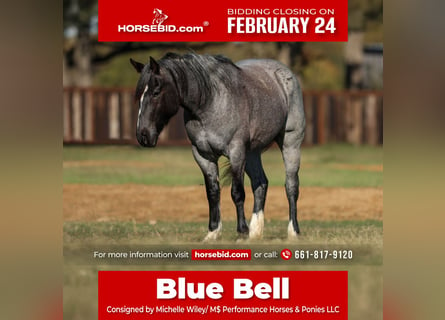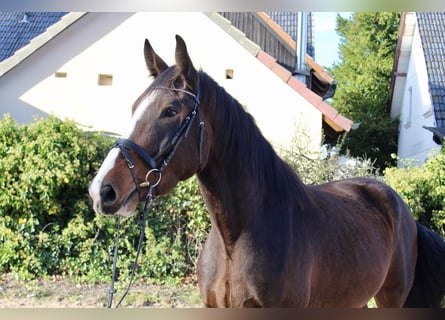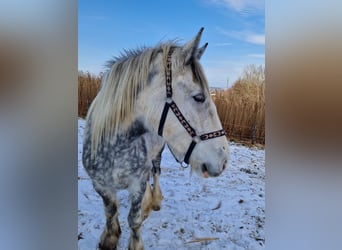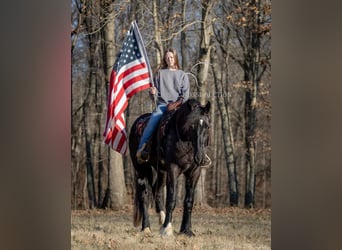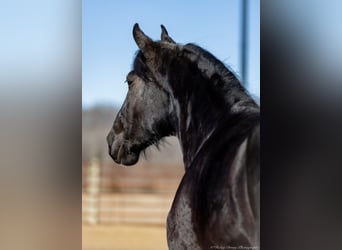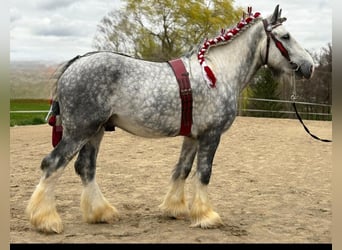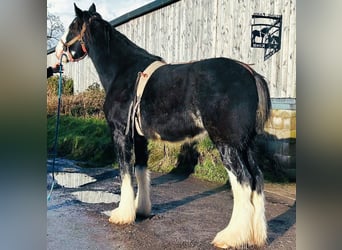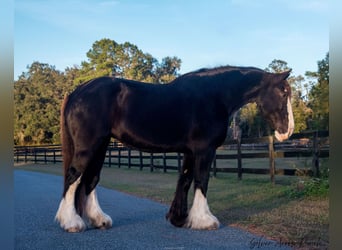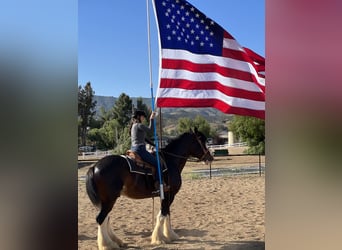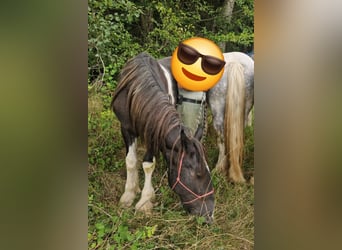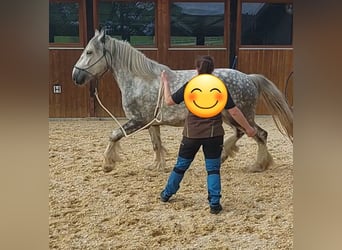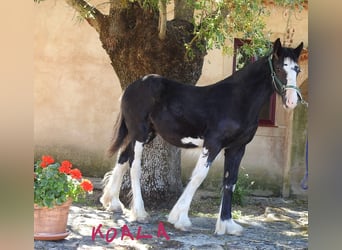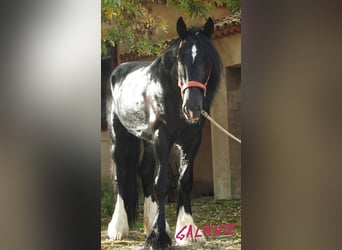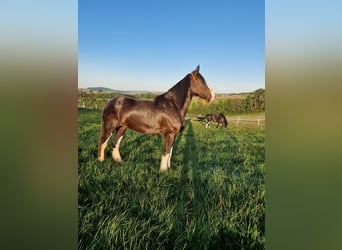GB
Shire Horses for sale
Page-1-Ad
In addition, interested parties can directly see more information. This significantly increases the number of potential buyers.

GB
US
DE
US
US
DE
DE
DE
GB
US
US
DE
DE
DE
DE
ES
ES
ES
ES
DE
Magnificent Shire horses are one of the workhorse breeds that helped to create modern society. Giants of the equine world, they were once a familiar sight in country and town as they ploughed the land, delivered goods and helped to move railway carriages from place to place on station yards. Today, it is mainly specialist draught horse enthusiasts who buy a Shire, though these mighty horses are also becoming popular as riding horses. With their imposing presence, relaxed and amiable manner, and impressive flowing feathers, Shires immediately attract an enthusiastic crowd whenever they appear in public. While it’s perhaps not as straightforward to sell a Shire as it is some riding horse breeds, these gorgeous animals do have a devoted following and can be found taking part in some important ceremonial activities, as well as undertaking traditional delivery and farm jobs.
Origin and history of breeding Shire Horses
It’s often said that Shire horses were used by knights in medieval times. However, the modern Shire horse is not a medieval relic, but very much the outcome of agricultural advances in England in the 18th century. Investigations by historians and archaeologists have shown that the majority of destriers (warhorses) ridden by knights were in fact around 15 hands high and looked more like the modern Welsh cob or a hunter type. It is true that larger horses from Flanders were popular with rulers and may have helped to bring about an increase in horse size in the later medieval period. There are also references to a type of horse known as “the old English black”, but very little is known about this animal. The breed’s story really begins with an odd reference to the mid-18th century Packington Blind Horse, who is believed to have been a stallion with great influence on the breed. Horses of Shire type were then developed and bred by shrewd farmers in the English eastern fen counties of Lincolnshire, Cambridgeshire and Huntingdonshire. The English Cart Horse Society was set up in 1878, later becoming the Shire Horse Society.
Use and characteristics of the Shire Horse
The most obvious feature of a Shire horse, is, of course, its size! The breed standard is generally 16 hands (64 inches/163cm) to 17 hands three inches (71 inches/180cm) high, though sometimes it’s possible to sell a Shire over 19 hands high. Their bodies are solid and powerful, with a broad, relatively short back and sloping shoulders. Their conformation makes them ideally suited for people planning to buy a Shire for draught work using a collar. The loins are strong and the quarters rounded and muscular. Traditionally, Shires for farm work were bred with relatively short legs and a low centre of gravity, though horses for town work tended to be taller and “leggier” as this was more suitable for drawing brewery drays and high vehicles. While black is the most frequently seen colour, often with eye-catching white feathers that flash as they move along at a proudly uplifted walk, Shires can be bay, grey or brown too. The nobility of their heads, with long, sensitive ears, and the softness of their expression makes Shires immensely appealing.
Shire Horses in equestrianism
Shire horses are making a big comeback today as ridden horses, taking part in races dedicated to the breed, and even dressage. The largest horse was the Shire Sampson, also known as Mammoth, born in 1846. He was 21.2 1⁄2 hands (86.5 inches/220 cm) high. The Royal Parks Shires can often be seen at work in London.
Interior of Shire Horses
Shire Horses are known for their sweet and gentle nature. They have a patient and docile temperament, making them ideal for novice riders or handlers. They are intelligent, loyal, and willing to please, which makes them an excellent choice for various activities. They are also known for their adaptability and versatility, making them suitable for a wide range of tasks, including driving, riding, and farming.
Exterior of Shire Horses
Shire Horses are known for their massive size and impressive appearance. They can stand up to 18 hands high, and their weight can range from 1,800 to 2,200 pounds. They have a broad forehead, large eyes, and long ears. They are also recognized for their long, muscular necks, and deep, wide chests. The Shire Horse's powerful body is balanced by their sturdy, feathered legs, which make them stand out in any crowd. They come in various colors, but the most common is black, bay, or gray.
History of Shire Horses
The Shire Horse breed originated in England in the 17th century. It was developed by crossing heavy English mares with Friesian, Andalusian, and native British breeds. Their primary use was for transportation, plowing fields, and forestry work. During the industrial revolution, the demand for transportation increased, leading to the breeding of larger and stronger horses. Shire Horses became popular as heavy cart horses, delivering goods and services in urban areas. They nearly became extinct after World War II due to mechanization, but the breed was saved by dedicated breeders who used them in forestry work, farming, and horse shows.
In conclusion, Shire Horses are impressive and versatile animals with a rich history. They have an enormous, yet graceful presence, and their docile and patient nature makes them ideal for many different activities. Whether you're looking for a show horse or a reliable workhorse, the Shire Horse is an excellent choice. They are a testament to the enduring strength and versatility of the equine world, and their beauty and character continue to captivate people all over the world.

